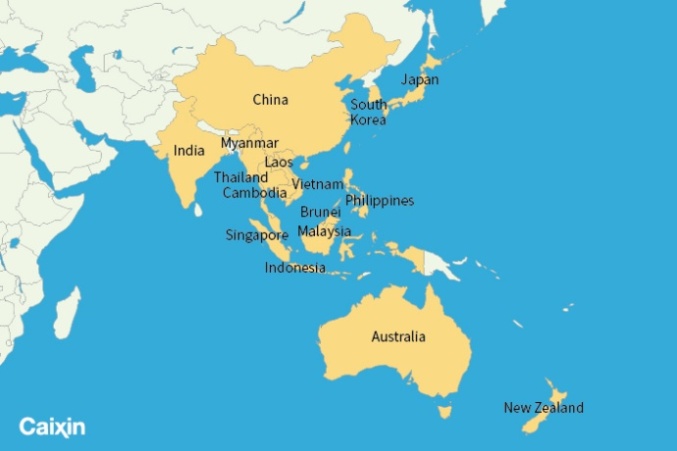Free Courses Sale ends Soon, Get It Now


Free Courses Sale ends Soon, Get It Now



Copyright infringement is not intended
Context: PM Modi and his Australian counterpart Scott Morrison took part a virtual summit to commit to closer ties in trade, critical minerals, migration and mobility and education.
India-Australia relations:
Historical background:
• Before independence, Australia and India were both part of the British Empire.
• As a result of British colonisation, cricket has emerged as a strong cultural connection between the two nations, as well as the English language.
• Australia has traditionally supported India's position on Arunachal Pradesh, which is subject to diplomatic disputes between India and the People's Republic of China.
• Principle and pragmatism have been the two pillars on which the two countries have built their partnership.
Areas of cooperation:
• Regional forum: Besides both being members of the Commonwealth of Nations, both nations are founding members of the United Nations, and members of regional organisations including the Indian Ocean Rim Association for Regional Cooperation, Quadrilateral Security Dialogue (Quad) and ASEAN Regional forum.
• Democratic form of government: India and Australia have a lot in common, as both are Westminster-style secular, multicultural democracies.
• Freedom of navigation: The Australian foreign policy blueprint sees healthy relations with India must for stability and openness of the Indian Ocean. Both the countries have common interests in upholding international law, especially in relation to freedom of navigation and maritime security.
• Free and open Indo-Pacific: India’s and Australia share the same vision “free and open Indo-Pacific” with a rules-based order and open market economies.
• China issue: Both countries share the same concern about China’s expansionist behavior, whether in the South China Sea or along China’s land border, especially the ongoing India-China border standoff.
Security cooperation:
• In June 2020, India and Australia had elevated their relationship to a ‘Comprehensive Strategic Partnership’.
• They hold the “Two-Plus-Two” dialogue meets to discuss vital security issues.
• India and Australia signed Mutual Logistics Support Agreement to allows each country to use the other's bases for the refueling and maintenance of aircraft and naval vessels
• Military cooperation between Australia and India includes the regular joint exercise AUSTRA HIND (a Special Forces Army Exercise), AUSINDEX (a bilateral maritime exercise), KAKADU (a multilateral maritime exercise), and Exercise Pitch Black (a multilateral air exercise).
• Recently, Australia joined the Malabar exercise, which also include the United States and Japan.
Nuclear cooperation:
• In 2012, Australian government decided to sell uranium to India despite India not being a signatory to the nuclear Non Proliferation Treaty.
The Treaty on the Non-Proliferation of Nuclear Weapons or Non-Proliferation Treaty
Economic relations:
Way Forward:
• Australia and India should negotiate to revive the Comprehensive Economic Cooperation Agreement (CECA) to improve trade and market access.
• There is need to address the gaps in the educational cooperation between India and Australia and associated issues of attack on Indian students.
• There is also a need to promote and popularize the New Colombo Plan of Australia, which encourages Australian undergraduate students to study in Indo-Pacific countries in general and India in particular.
© 2024 iasgyan. All right reserved